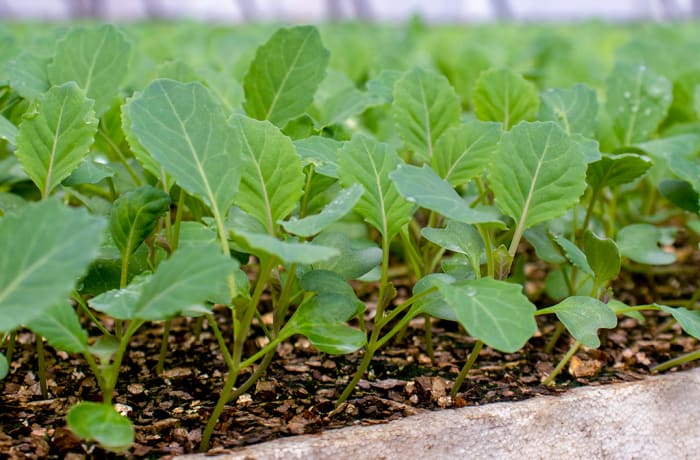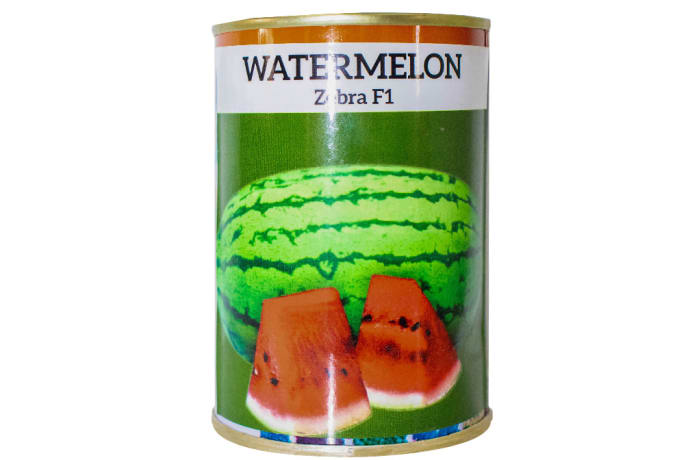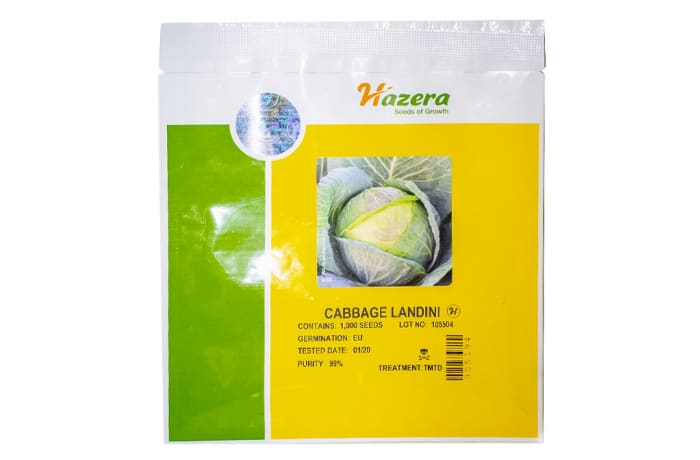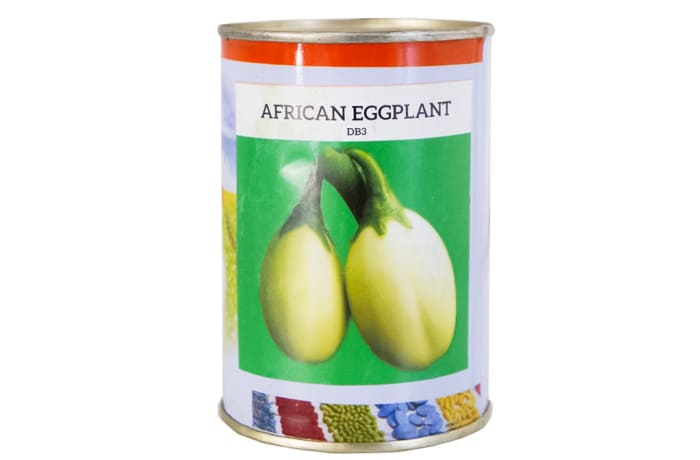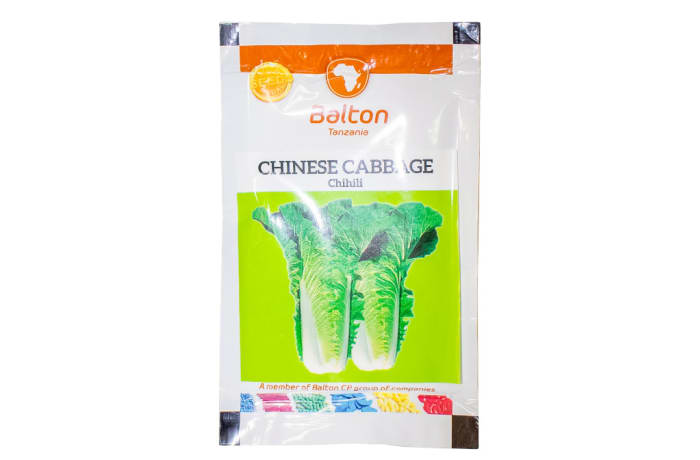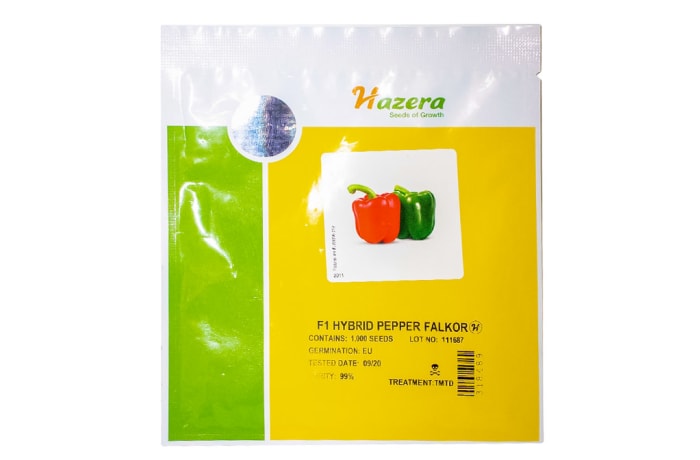
Black Beauty Eggplant Seeds
A succulent glossy black bell-shaped eggplant that grows best in the warmest time of the year
Select your options
Pack Size
Details
Last updated 26 Oct 2022
Further information
How to Grow
- Keep weeds under control during the growing season. Weeds compete with plants for water, space and nutrients, so control them by either cultivating often or use a mulch to prevent their seeds from germinating.
- Mulches also help retain soil moisture and maintain even soil temperatures. This is especially important for tomatoes as their roots may be easily damaged when weeding, and this can lead to blossom end rot.
- Keep plants well-watered during the growing season, especially during dry spells. Plants need about 3-5 cm of rain per week during the growing season. Use a rain gauge to check to see if you need to add water. It's best to water with a drip or trickle system that delivers water at low pressure at the soil level. If you water with overhead sprinklers, water early in the day so the foliage has time to dry off before evening, to minimize disease problems. Keep the soil moist but not saturated.
- Monitor for pests and diseases.
- How to Sow and Plant
- Sow eggplant seeds indoors 8 weeks before the last frost in spring using a seed starting kit.
- Sow seeds 6 mm deep in seed-starting formula
- Keep the soil moist at 24 degrees C
- Seedlings emerge in 10-21 days
- As soon as seedlings emerge, provide plenty of light on a sunny windowsill or grow seedlings 91-122 cm beneath fluorescent plant lights turned on 16 hours per day, off for 8 hours at night. Raise the lights as the plants grow taller. Incandescent bulbs will not work for this process because they will get too hot. Most plants require a dark period to grow, do not leave lights on for 24 hours.
- Seedlings do not need much fertilizer, feed when they are 3-4 weeks old using a starter solution (half strength of a complete indoor houseplant food) according to manufacturer’s directions.
- If you are growing in small cells, you may need to transplant the seedlings to 91 or 122 cm pots when seedlings have at least 3 pairs of leaves before transplanting to the garden so they have enough room to develop strong roots
- Before planting in the garden, plants need to be “hardened off”. Accustom young plants to outdoor conditions by moving them to a sheltered place outside for a week. Be sure to protect them from wind and hot sun at first. If frost threatens at night, cover or brings containers indoors, then take them out again in the morning. This hardening off process toughens the plant’s cell structure and reduces transplant shock and scalding.
Planting in the Garden:
- Select a location in full sun with good rich moist organic soil. Make sure you did not grow tomatoes, peppers, eggplant or potatoes in the bed the previous year to avoid disease problems.
- Prepare the bed by turning the soil under to a depth of 20 cm. Level with a rake to remove clumps of grass and stones.
- Eggplants should be set 61-91 cm apart in a row with the rows spaced 91-122 cm apart.
- Dig a hole for each plant large enough to amply accommodate the root ball.
- Carefully remove the plant from its pot and gently loosen the root ball with your hands to encourage good root development.
- Fill the planting hole with soil to the top and press soil down firmly with your hand leaving a slight depression around the plant to hold water.
- Use a plant tag as a location marker. This is particularly important if you are trying different varieties. It is very difficult to tell which variety is which from the foliage.
- Water thoroughly, so that a puddle forms in the saucer you have created. This settles the plants in, drives out air pockets and results in good root-to-soil contact.
- Eggplants may also be planted in containers. Use a container at least 46-61 cm wide and deep and use a commercial potting mix rather than garden soil.
Harvesting and Preserving
- Pick regular-sized eggplants at 10-13 cm long, 60-70 days after transplanting into the garden. Look for firm fruits, with a glossy shine. Dull skin is a sign that the plants are overripe. Overripe fruit turns brownish and the flavour may be bitter.
- Hold firmly at the blossom end and cut with a knife or pruners. When cutting the fruit, leave 1 inch of stem attached. Eggplants are prickly at the stem end so handle with care.
- Use eggplants immediately after harvesting. If you would like to freeze some for later use, cook the fruit first and then freeze.
- Eggplant makes a great substitute for meat in many dishes.
Enquire about this item
Enquire via Email
Contact supplier
Amiran
Seeds & Seedlings
Lusaka
Amiran has been in the agriculture industry for over 48 years, establishing itself as an expert in the field. It provides a variety of seedlings and can also grow owner-supplied seeds. The company is the exclusive supplier of Hazera seeds. It is one of the leading suppliers of seedlings for farmers and market gardeners countrywide.
Run a business in Zambia?
© 2021 Infobwana, Ltd. All rights reserved. Formally thebestofzambia.com · Learn more
